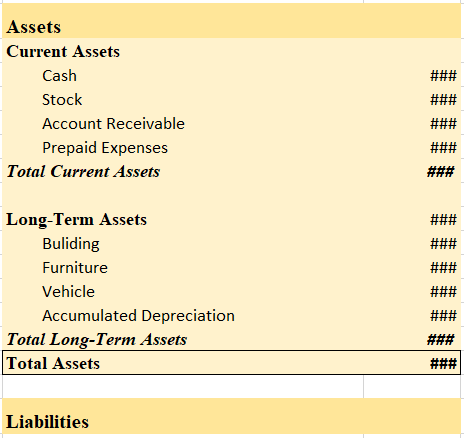Working Capital is the capital used in the daily operations of the business. It is calculated as the difference between current assets and current liabilities. Gross working capital means current assets and net working capital means the difference between current assets and current liabilities. WorkRead more
Working Capital is the capital used in the daily operations of the business. It is calculated as the difference between current assets and current liabilities. Gross working capital means current assets and net working capital means the difference between current assets and current liabilities.
Working Capital indicates the short-term liquidity of its business. It means the ability of a company to meet its daily requirements through short-term financing.
Working Capital can be;
- Positive
- Zero, or
- Negative
Positive or negative working capital follows a simple rule of math. If current assets are more than current liabilities, working capital is positive and if current assets are less than current liabilities, working capital is negative. When current assets are equal to current liabilities, working capital is zero.
Negative working capital for a short period means that the company has made a big payment to its vendors, or a significant increase in the creditor’s account because of credit purchases.
However, if working capital is negative for a longer period it indicates that the company is struggling with its operating requirements or that it has to finance its daily operations through long-term borrowings.
The current ratio for a company is calculated as:
Current Assets divided by Current Liabilities.
Working Capital and Current Ratio are interrelated. If the Current Ratio is more than 1, it means current assets exceed current liabilities and Working Capital is positive. However, if the Current Ratio is less than 1, it means current liabilities exceed current assets and Working Capital is negative.
For example-
If Current Assets are Rs 50,000 and Current Liabilities are Rs 70,000 then
Working Capital= Current Assets – Current Liabilities
WC = Rs 70,000 – Rs 50,000
WC = Rs. 20,000
Current Ratio = Current Assets / Current Liabilities
CR = Rs.50,000/ Rs. 70,000
CR = 0.71< 1
See less





Everyone must have heard about the term “cooking the books”. This term is generally associated with Creative accounting. In simple words, Creative accounting is a method of accounting in which the management tries to show a better picture of the business than the reality. Let us now understand thisRead more
Everyone must have heard about the term “cooking the books”. This term is generally associated with Creative accounting. In simple words, Creative accounting is a method of accounting in which the management tries to show a better picture of the business than the reality. Let us now understand this concept in detail.
What is Creative accounting?
Creative accounting is a method of accounting in which the management manipulates the books of accounts by finding loopholes to showcase a better image of the business.
It is a practice of using accounting loopholes to make a company’s financial position look better than it really is. It is not exactly illegal but it is more of a gray area.
For example, a business may delay reporting expenses to increase the profits to present a better short-term position.
The goal of creative accounting is to impress the shareholders, investors, get loans or boost stock prices.
However, this can also be very risky and have serious consequences. It can reduce the trust of the investors and customers. In some cases, like Enron and WorldCom the world has seen how creative accounting lead to legal consequences.
Common Techniques of Creative Accounting
Some of the common techniques used by the business to manipulate the financial position are as follows:
Ethical implications of Creative Accounting
There are several ethical implications with respect to creative accounting. Some of these are discussed below:
Conclusion
The key takeaways from the above discussion are as follows:
See less